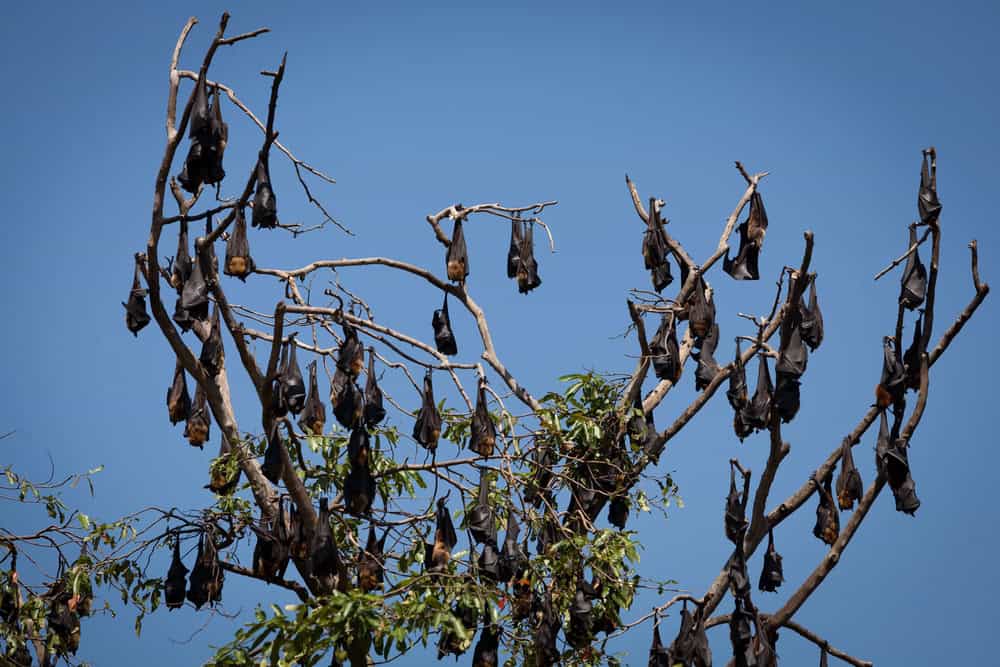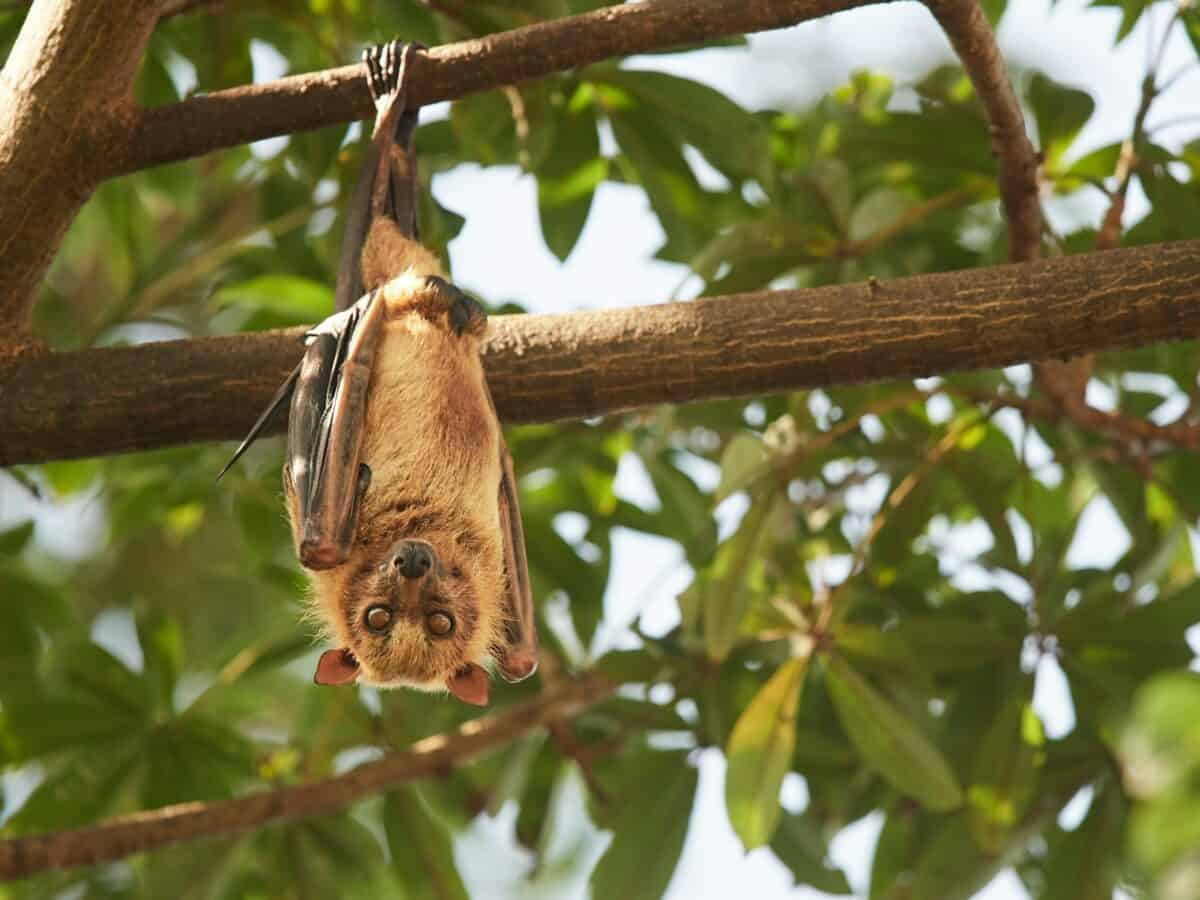Throughout history, animals have been observed exhibiting unusual behaviors prior to natural disasters. This uncanny ability has puzzled scientists and intrigued animal lovers, leading to studies aimed at understanding these phenomena. While the mechanisms behind this ability are not fully understood, research suggests that animals are sensitive to environmental changes that foretellers can’t perceive, such as subtle shifts in the Earth’s magnetic field, vibrations, or changes in atmospheric conditions. Here, we delve into seven animals renowned for their extraordinary capabilities in sensing impending natural disasters.
Dogs: Man’s Best Friend and Early Warning System

Dogs are not just loyal companions; they are also known to detect imminent earthquakes and tsunamis. Many pet owners have reported their dogs behaving anxiously just before an earthquake strikes—barking excessively, whining, or acting overly protective. It is believed that dogs can sense the high-frequency sounds and vibrations that precede seismic activity. Additionally, some studies suggest that their heightened sense of smell allows them to detect changes in the atmosphere that occur prior to earthquakes.
Cats: Feline Instincts and Weather Warnings

Much like their canine counterparts, cats exhibit unusual behaviors when natural disasters are on the horizon. Cats are known for their acute sense of hearing and balance, which might explain their ability to detect earthquakes before they happen. In numerous anecdotes, cat owners have observed their pets fleeing to safety before the arrival of seismic tremors. Additionally, cats are highly sensitive to barometric pressure changes, making them aware of looming severe weather events like hurricanes.
Elephants: Giants with an Ear to the Ground

Elephants, with their massive size and acute sensitivity, have been reported to move to higher ground before tsunamis and flee before earthquakes. These majestic creatures possess infrasonic hearing, which allows them to detect sound vibrations at frequencies too low for humans to hear. This ability is thought to help elephants sense earthquakes from afar. Their keen awareness also allows them to detect changes in environmental conditions, prompting them to seek safer ground before humans are even aware of impending danger.
Birds: Feathered Forecasters

Birds are known to be incredibly perceptive when it comes to changes in the weather. Their behavior can be indicative of upcoming natural disasters. Before the arrival of storms, birds may change their flight patterns, stop singing, or seek immediate shelter. This is primarily due to their ability to sense changes in barometric pressure and wind speed. This can be particularly evident in migratory birds, which may alter their routes to avoid adverse weather conditions.
Bats: Nocturnal Navigators

Bats are another group of animals that display remarkable sensitivity to environmental cues associated with natural disasters. These nocturnal creatures rely heavily on echolocation for navigation and hunting. Changes in atmospheric pressure and humidity can affect their echolocation abilities, prompting them to seek refuge well before a disaster strikes. Researchers have observed that bats will leave an area en masse before hurricanes and storms, only to return once conditions have stabilized.
Fish: Silent Underwater Sentinels

Marine life, such as fish, are also known for their intuitive behaviors preceding natural disasters. Fish are highly sensitive to changes in water pressure, temperature, and chemical composition. In the days leading up to an earthquake or tsunami, fish have been observed exhibiting erratic swimming patterns or suddenly leaving particular areas. Some scientists suggest that this behavior is a response to the accumulation of gases or movements of tectonic plates underwater.
Toads: Amphibious Anticipators

Among the lesser-known animals with the ability to predict natural events are toads. Before earthquakes, toads have been observed abandoning their breeding sites en masse. This was notably documented in a study prior to the earthquake in L’Aquila, Italy, in 2009. Researchers propose that toads can detect changes in the Earth’s electromagnetic field and the release of gases from shifts in tectonic plates, prompting them to seek safer territories.
Conclusion: Unraveling the Mystery

While science continues to explore how these animals discern impending natural disasters, there remains a great deal to learn about the mechanisms at play. However, paying close attention to animal behaviors could potentially enhance our early warning systems and disaster preparedness. As we continue to understand and respect the capabilities of these creatures, they remind us of the complex and interconnected world we share—a world where nature’s signals are ever present, if only we choose to observe them.
- How to Win Over Judges in Dressage Competitions - August 19, 2025
- Is There Hope for the Critically Endangered Amur Leopard? - August 19, 2025
- The Most Underrated National Parks That You Should Visit - August 19, 2025

